Omega Centauri
 Click image for full size version
Click image for full size version
July 23, 2022
NGC 5139 is better known as omega-Centauri, and it’s the biggest, brightest globular cluster in the sky. This data was graciously provided to me by Carlos Sagan, from Chile. I really enjoy globular clusters, both at the eyepiece and in images. However, this one is much to far south for me to see, though I glimpsed it once visually from the Everglades in Florida. The first person to recognize it was not a star was the same Halley of comet fame. It is huge, at 150 light years across, and is located almost 16,000 light years away. It is estimated to be 12 billion years old.
Tekkies:
Acquisition, focusing, and control of iOptron CEM60-EC mount with Sequence Generator Pro. Focus with ZWO EAF. Guiding with PHD2. Acquired by Carlos Sagan at Copiapó in Atacama, Chile in a Bortle class 2 sky. All pre-processing and processing in PixInsight.
The masters were created in PixInsight. DynamicCrop was used to crop all the masters identically. DynamicBackgroundExtraction was applied to each master.
Colour
Creation and cleanup: The R, G and B were combined to make an RGB image which was processed with ColorCalibration.
Linear Noise Reduction: NoiseXterminator was used with settings Amount=0.9 and Detail=0.15
Stretching: HistogramTransformation was applied to make a pleasing yet bright image.
Luminance
Creation of SynthL: The R, G and B masters were combined using ImageIntegration (average, additive with scaling, noise evaluation, iterative K-sigma / biweight midvariance, no pixel rejection).
Deconvolution: A bright star mask was made from the Luminance master to use as a Local Deringing Support Image. A stretched clone of the SynthL image was used to make a mask selecting the core of the cluster for deconvolution. Deconvolution was applied (30 iterations, regularized Richardson-Lucy, ParametricPSF mode with default settings; Global dark deringing = 0.02; Global bright deringing 0.002).
Linear Noise Reduction: NoiseXterminator was used with settings Amount=0.9 and Detail=0.15
Stretching: HistogramTransformation was applied to make a pleasing yet bright image.
Combining Luminance and Color Images
Luminance addition: LRGBCombination was applied to replace the lightness of the RGB image with the processed SynthL.
Additional Processing
Nonlinear Noise Reduction: NoiseXterminator was used to reduce noise in the background areas of each image with settings Amount=0.9 and Detail=0.25. A mask was used to protect the stars and the cluster.
Compression: The core of M13 was compressed in a clone of the image using HDRMultiscaleTransform, scale 7, and default settings otherwise. The result was blended into the original at 35% using a mask to limit the replacement to the core of the globular cluster.
Final Steps: Background, globular cluster and field star brightness, contrast and saturation were adjusted in several iterations using CurvesTransformation with masks as required. ICCProfileTransformation (sRGB IEC61966-2.1; Relative Colorimetric with black point compensation) was applied prior to saving as a jpg.

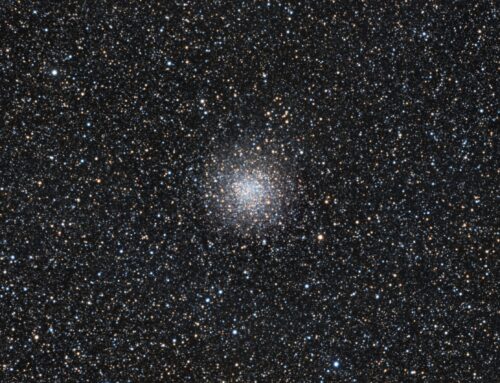
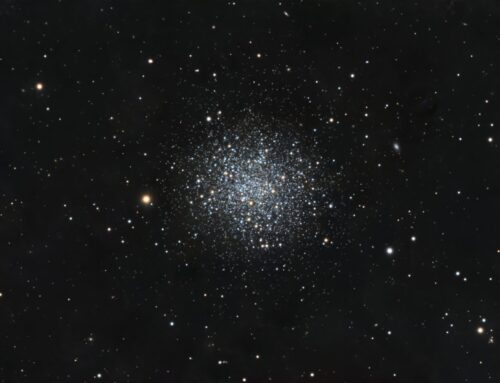
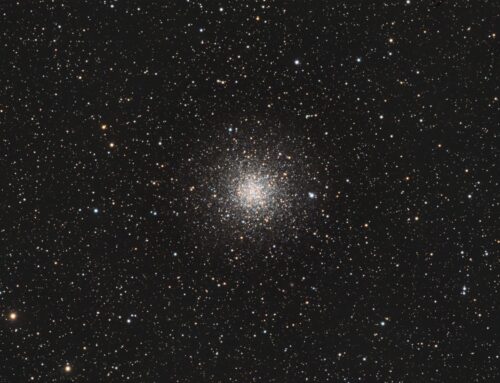
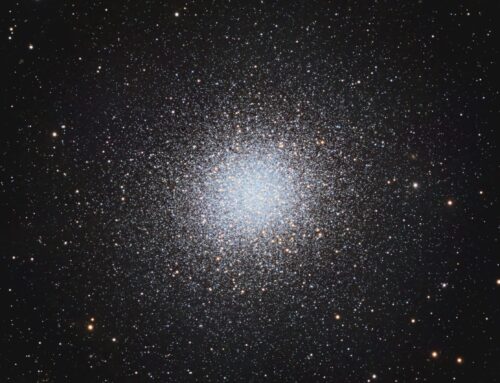
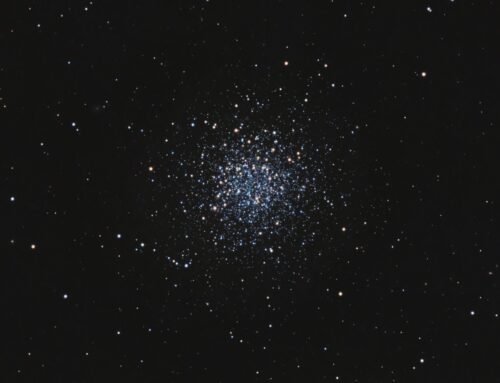
Gorgeous image, as always!
Gorgeous image! Your images always are!